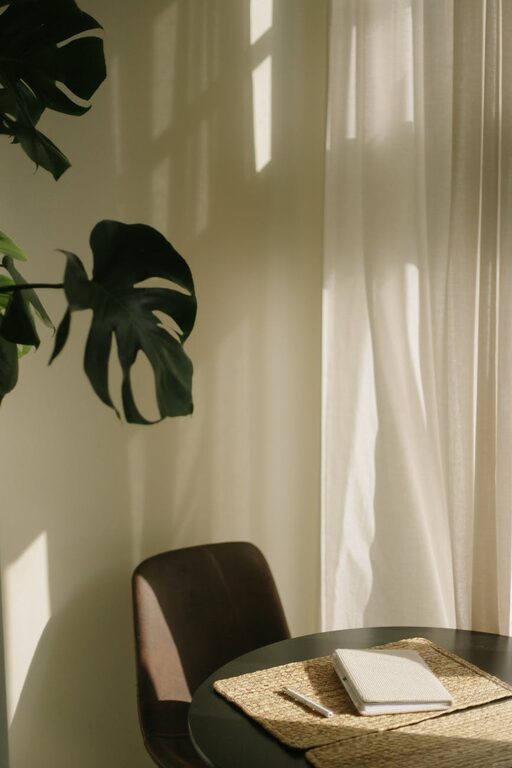
Creating a quieter home environment can greatly improve your comfort and well-being. Whether you’re working from home, raising children, or simply want a peaceful retreat, reducing noise can make a big difference. The good news is that you don’t need major renovations or expensive equipment to achieve a calmer space. In this post, we’ll explore simple, practical ways to reduce noise at home.
Understanding Common Noise Sources
Before addressing noise, it helps to identify where it’s coming from. Common sources of unwanted sound include:
– Street noise, such as traffic, sirens, or construction
– Noisy neighbors or shared walls
– Footsteps or voices from other rooms
– Appliances and electronics
– Echoes or reverberation inside rooms
Once you know the sources, you can select the best strategies for your situation.
Simple Ways to Cut Down Noise
1. Seal Gaps and Cracks
Sound often sneaks into your home through small openings. Check around doors, windows, and baseboards for gaps.
How to fix:
– Use weatherstripping tape around doors and windows
– Apply silicone caulk to cracks in walls or around window frames
– Install door sweeps under exterior doors
These inexpensive fixes help block outside noise and prevent sound from traveling between rooms.
2. Add Soft Furnishings
Soft materials absorb sound waves, reducing echoes and noise levels inside a room.
Try these additions:
– Curtains and drapes made of thick fabric
– Area rugs or carpets on hard floors
– Cushions and upholstered furniture
Even simple changes like adding a rug can dampen footsteps and lessen overall noise.
3. Use Bookshelves and Wall Hangings
Furniture doesn’t just look good—it can also act as a sound barrier.
Tips:
– Place bookshelves filled with books against walls that face noisy areas
– Hang tapestries or heavy picture frames on walls
– Use wall-mounted acoustic panels if you want a decorative but functional solution
These items scatter and absorb sound, cutting down reverberations.
4. Rearrange Your Furniture
This easy step can make a noticeable difference.
How to do it:
– Move sofas and chairs away from noisy windows or hallways
– Position large furniture pieces against walls that face loud street traffic or neighbors
– Use bookcases or cabinets as barriers between you and noise sources
By creating physical buffers, you reduce the transmission of sound.
5. Choose Quiet Appliances
Noisy appliances can increase indoor sound levels surprisingly quickly.
Considerations:
– Look for “quiet” or “low noise” models when replacing appliances like dishwashers, fans, or air conditioners
– Regularly maintain appliances to prevent unusual sounds
– Turn off or unplug devices when not in use
These practices help keep your indoor noise levels under control.
6. Use White Noise or Sound Machines
A white noise machine or fan can mask unwanted sounds, making them less distracting.
Benefits:
– Creates a soothing background hum
– Helps cover sudden noises like traffic or conversations
– Can improve sleep and concentration by providing consistent sound
You can also try smartphone apps that offer various ambient noise options.
7. Install Door and Window Treatments
Specialized treatments can improve your home’s noise insulation without remodeling.
Options:
– Double-pane or laminated windows designed for soundproofing
– Acoustic door panels or thicker doors
– Window inserts for extra noise reduction
Though these may require some investment, they are long-term solutions that enhance comfort and energy efficiency.
Tips for Specific Rooms
Bedrooms
– Use thick curtains and rugs to create a cozy, quiet space
– Place a white noise machine near the bed for improved sleep quality
Home Office
– Add bookcases or wall panels to absorb sound during calls
– Use noise-cancelling headphones for focused work
Living Areas
– Create zones with soft furniture and rugs to reduce echoes
– Rearrange seating away from noisy windows or doors
Maintaining a Peaceful Home Over Time
Noise reduction is an ongoing effort. Here are some maintenance tips:
– Check seals and weatherstripping annually and replace if worn
– Keep rugs and soft furnishings clean and in good condition
– Regularly service appliances to avoid mechanical noise
– Communicate politely with noisy neighbors to find amicable solutions
Final Thoughts
Reducing noise at home doesn’t have to be complicated or expensive. By using a combination of simple fixes like sealing gaps, adding soft furnishings, and rearranging furniture, you can create a much quieter, more relaxing living space. Whether you’re looking to improve sleep, enhance focus, or simply enjoy a peaceful atmosphere, these tips offer practical ways to minimize noise and boost your comfort.
Give these strategies a try and enjoy the benefits of a calmer, quieter home!
